Humans of Harker: Neeraj Aggarwal lies at the “intersection of design and technology”
“In Spain, I took this picture of this street musician. It was in the night, and it was super grainy and really dark,” Neeraj Aggarwal (12) said. “But when I increased the exposure and everything was still grainy, you could see a really big smile on his face and [he was] holding his guitar. There were two children next to him. This picture, to me, is not something I could blow up and print, but that’s one of my favorite pictures just because of the moment that I captured… two kids enjoying the musician’s music and the musician enjoying the fact that the kids were there.”
March 3, 2018
Neeraj Aggarwal (12) has travelled to Dubai, Guatemala, Switzerland and Spain, but he admits that he spent much of his time looking through a viewfinder.
“My dad tells me to put the camera away a lot,” he said. “So I guess I get carried away, but at the same time, holding the camera helps me think [and] find different beauties in each society.”
Neeraj’s photos depict sprawling lakes and imposing buildings, everyday outfits awash in color. But he finds that sometimes the photos that aren’t technically perfect can carry the most meaning.
“In Spain, I took this picture of this street musician, and it was in the night and it was super grainy and really dark,” he said. “But when I increased the exposure and everything was still grainy, you could see a really big smile on his face, and [he was] holding his guitar. There were two children next to him. This picture, to me, is not something I could blow up and print, but that’s one of my favorite pictures just because of the moment that I captured, like the two kids enjoying the musician’s music and the musician enjoying the fact that the kids were there.”
Neeraj’s love of photography influences his approach toward design — he favors clean lines and prioritizes intuitive user experiences, from both the side of the consumer and the side of the developer.
“This philosophy specifically came from Steve Jobs,” Neeraj said. “In his book, in his biography, he talked to Walter Isaacson about how like one of his main inspirations was how designers said that true innovation that intersection of design and technology, and that’s kind of just stuck with me.”
In his five years of programming, he has created Elore, a startup intended to foster innovation by allowing students to share and collaborate on projects; contributed to Open Mind, a fake news detector and completed a plethora of smaller projects. He admits that he started out as a “messy kid” with regards to coding practices, but soon realized that addressing issues later was less efficient than maintaining readable code in the first place.
“You want it to be very methodical,” he said. “You don’t want it to be haphazard. Then you can’t really do much, you can’t extend the versatility of your projects to encompass more features. And so, to me design is not necessarily about being aesthetically pleasing, but it’s just about how you think things through and how you’re able to implement them to make them a reality.”
With computer science as pervasive as it is in Silicon Valley, it is sometimes difficult to discern who actually cares for the subject. But according to senior Alisa Su, Neeraj is one of those people.
“A lot of kids at our school say that they like a lot of computer science stuff, but Neeraj actually actively works on projects [and] goes to hackathons,” Alisa Su (12) said.
Neeraj finds himself spending long hours grappling with his code, motivated by his sheer will to complete the project at hand.
“I don’t there’s ever a time I didn’t like programming, but there’s some frustrating times where there you can sit in front of the computer for hours and not know what’s up,” he said. “You just have to go through code over and over again and just figure what’s happening, which can be really frustrating and really tiring when your eyes are watering. But once you crack the barrier, you kind of see that it was all worth it.”
Solitary hours gazing at laptop screens aside, necessitates collaboration. For example, take the process of documentation — totally unnecessary for the program to run, but indispensable to developers trying to understand their coworkers’ code.
“I don’t think there’s such a thing as the solitary programmer,” Neeraj said. “For example, if a so-called solitary programmer is on Stack Overflow copying code, he’s getting help from a community. Just in that way, even each programmer has a distinct way he implements things or a distinct mindset towards a project, in the end, I believe that everyone, the entire community is what drives each programmer to continue to grow and build.”































![Setter Emma Lee (9) sets the ball to the middle during the match against Pinewood on Sept. 12. “[I’m looking forward to] getting more skilled, learning more about my position and also becoming better friends with all of my teammates, Emma said.](https://harkeraquila.com/wp-content/uploads/2023/09/DSC_4917-2-1200x795.jpg)













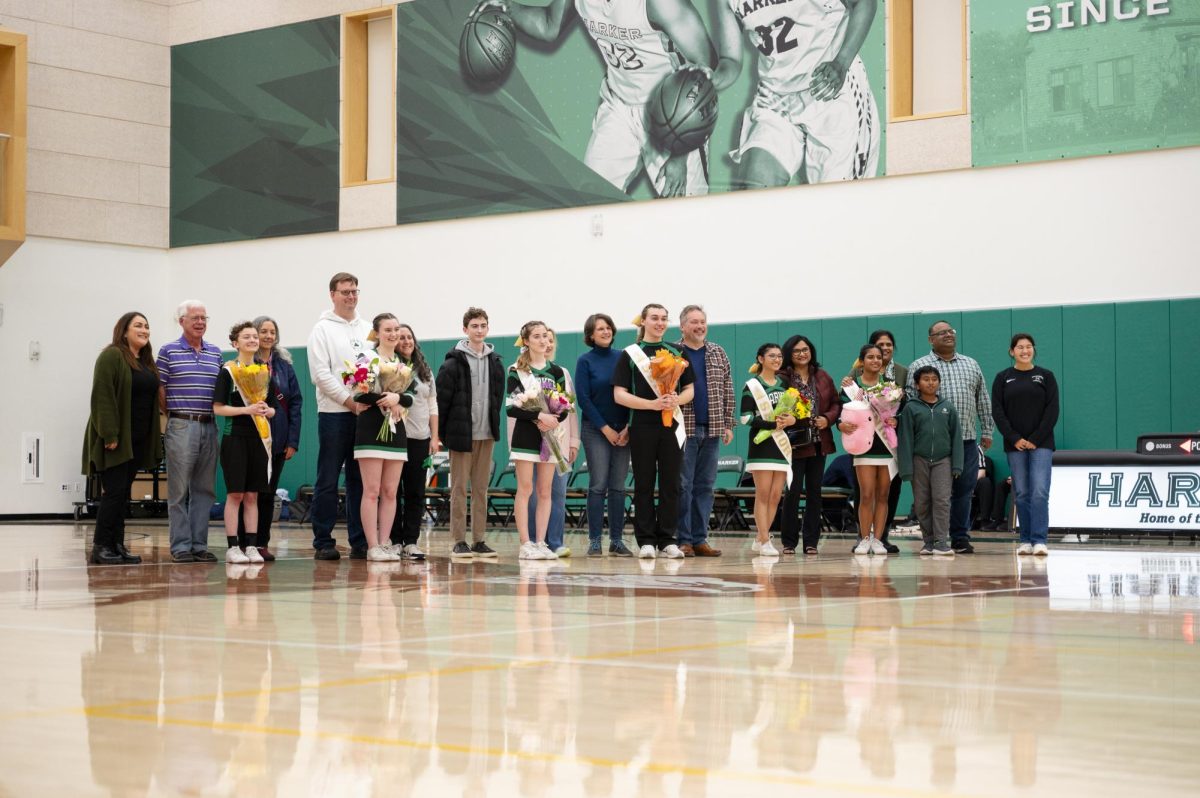


















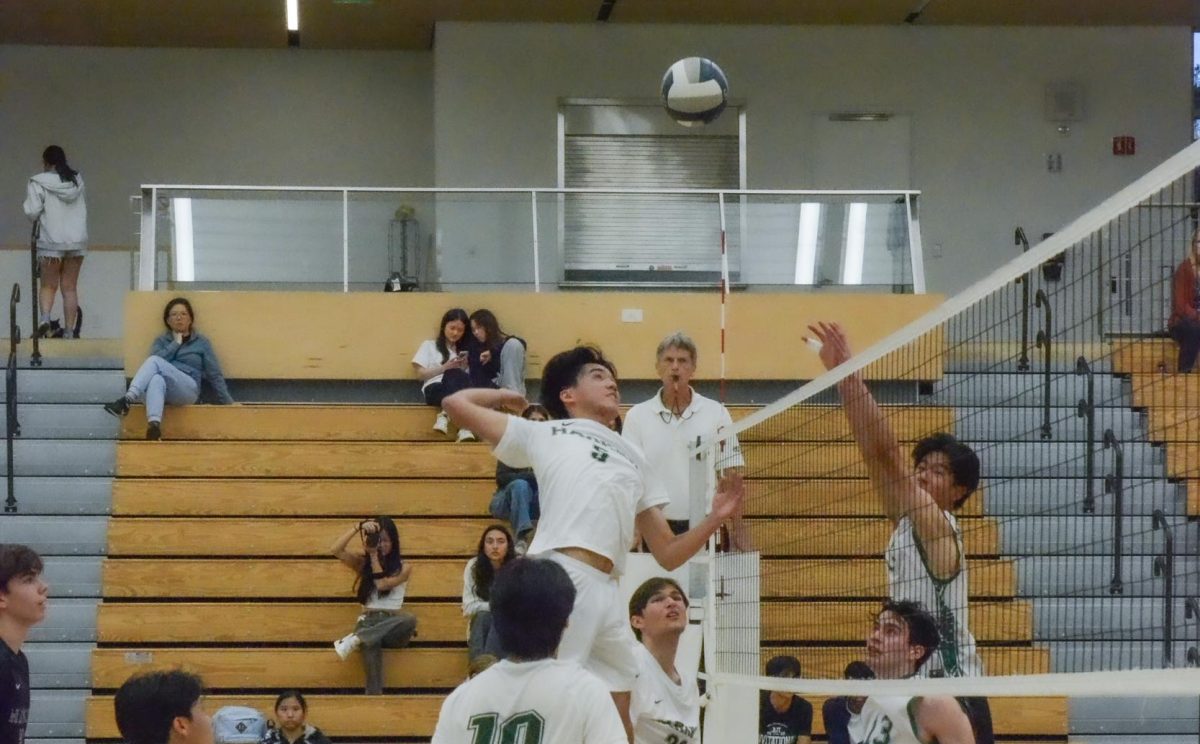


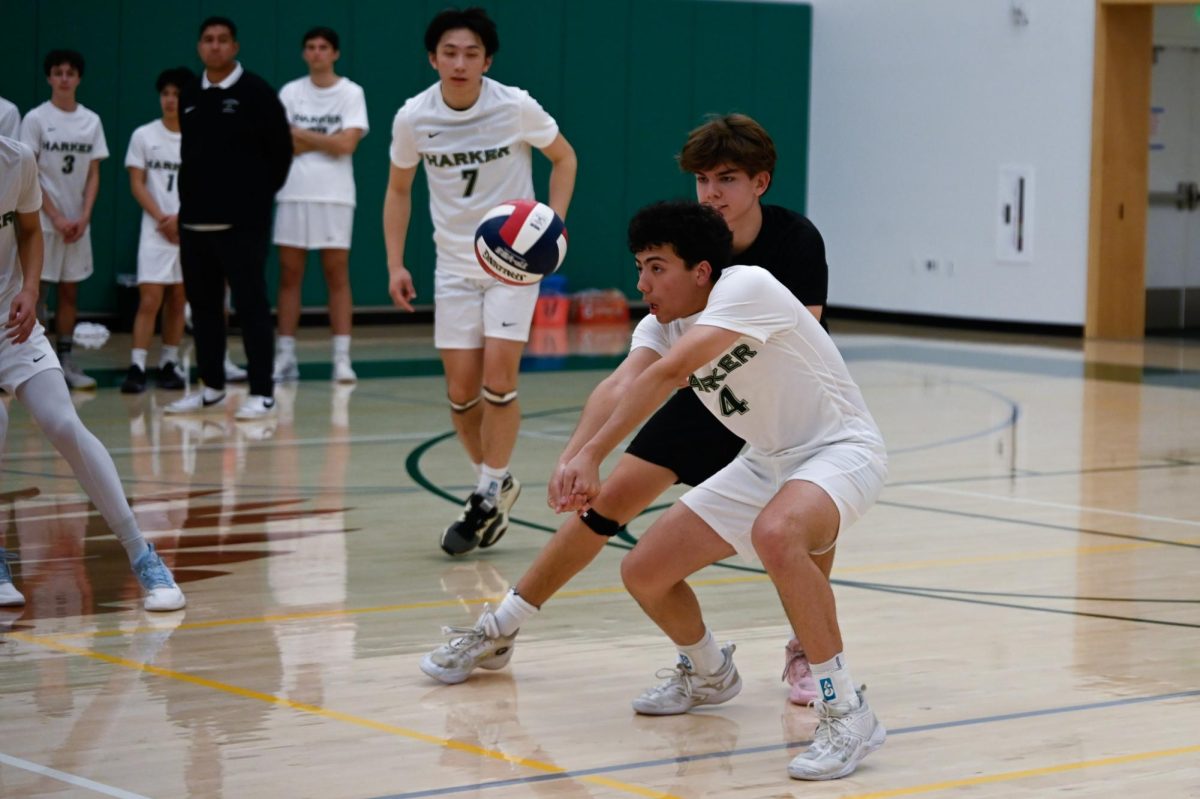




























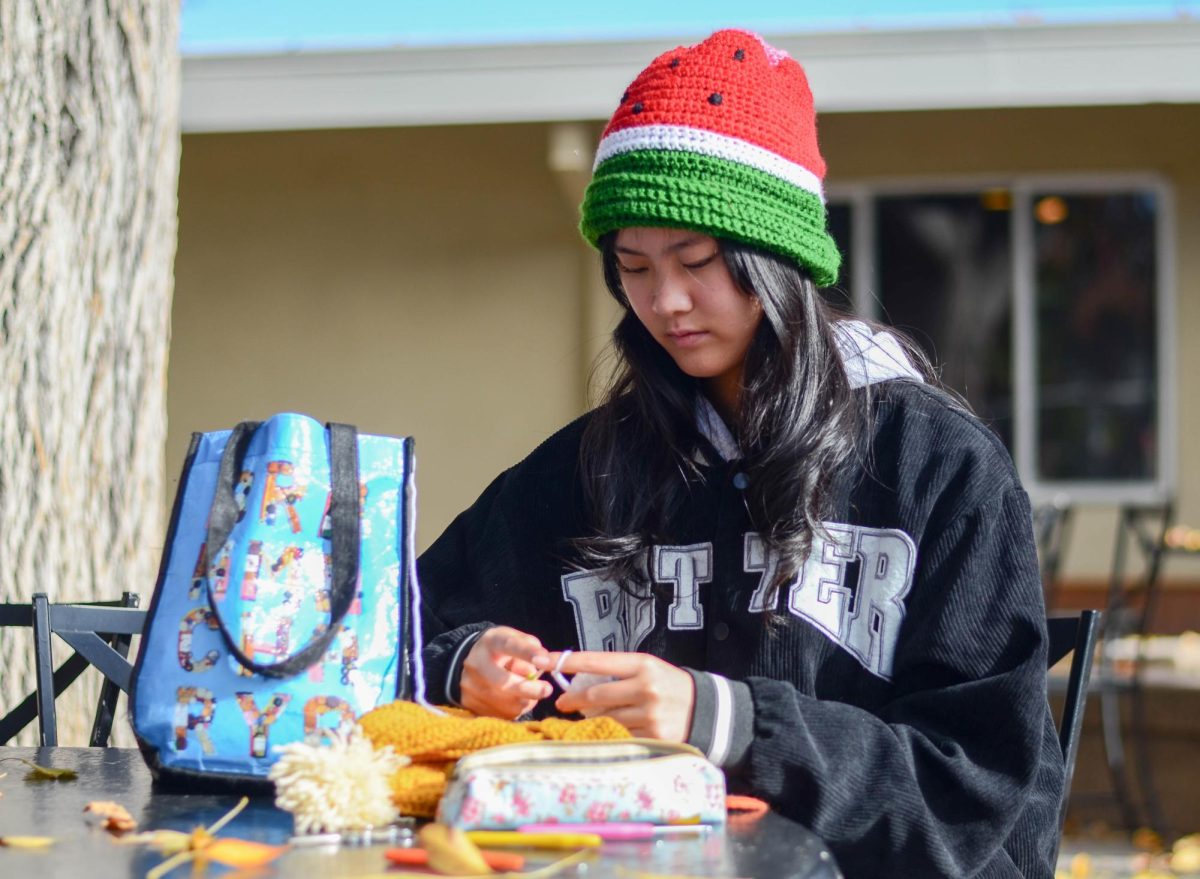
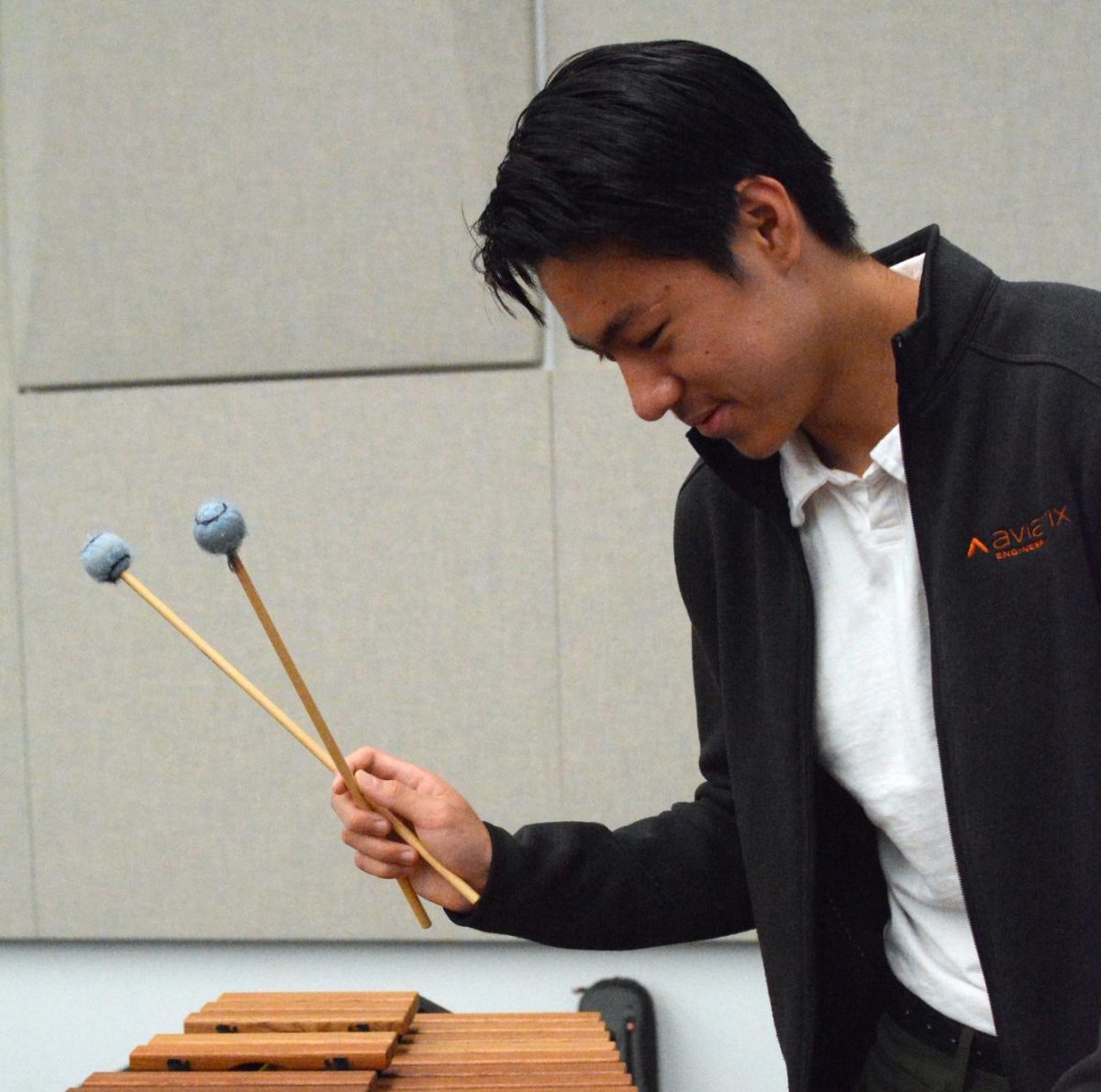

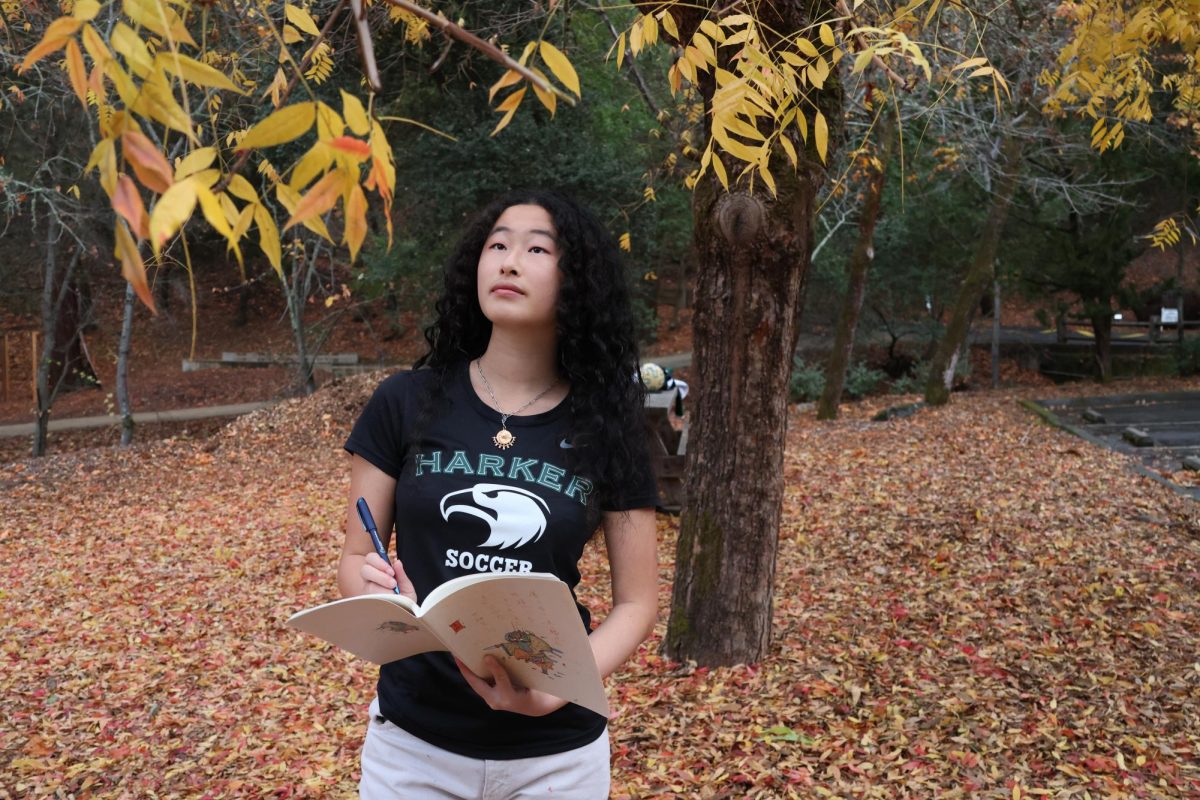

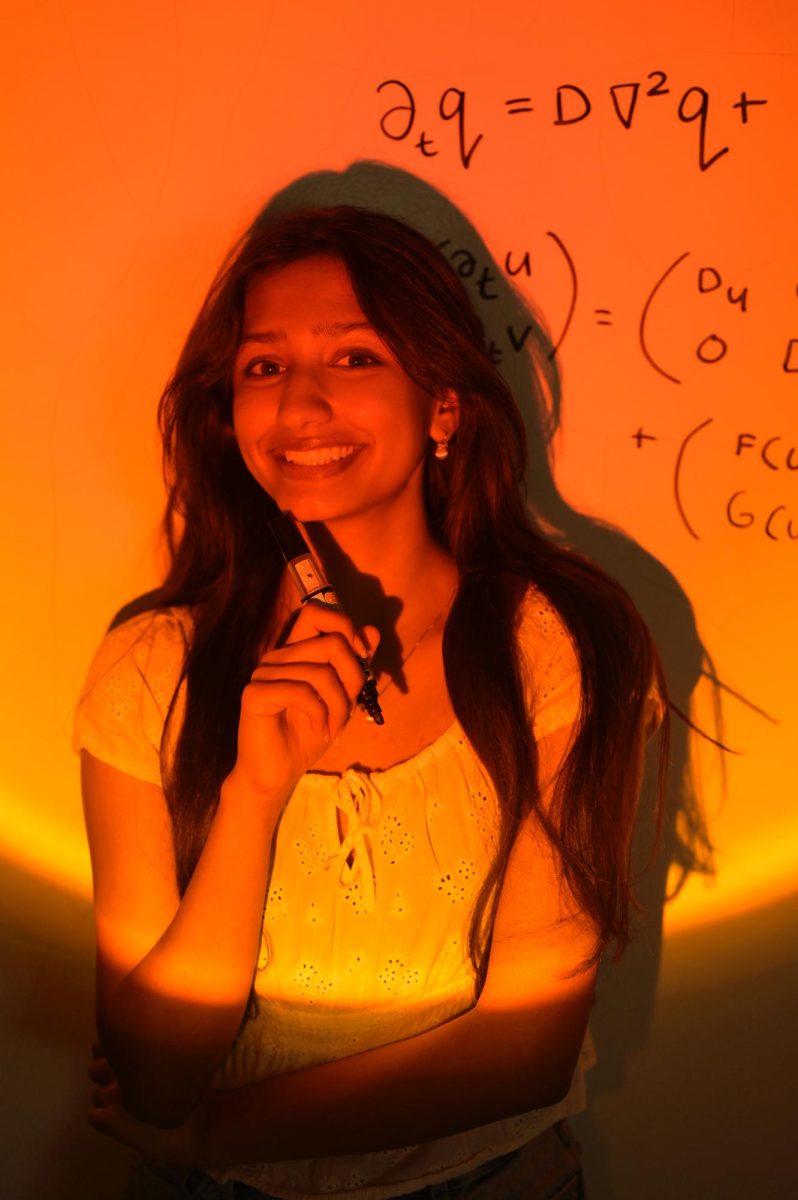








![“[Building nerf blasters] became this outlet of creativity for me that hasnt been matched by anything else. The process [of] making a build complete to your desire is such a painstakingly difficult process, but Ive had to learn from [the skills needed from] soldering to proper painting. Theres so many different options for everything, if you think about it, it exists. The best part is [that] if it doesnt exist, you can build it yourself, Ishaan Parate said.](https://harkeraquila.com/wp-content/uploads/2022/08/DSC_8149-900x604.jpg)


![“Animation just clicked in a way. I had been interested in art, but that felt different. [Animation] felt like it had something behind it, whereas previous things felt surface level. I wasnt making that crazy of things, but just the process of doing it was much more enjoyable, Carter Chadwick (22) said.](https://harkeraquila.com/wp-content/uploads/2022/08/Screen-Shot-2022-08-16-at-9.44.08-AM-900x598.png)


![“When I came into high school, I was ready to be a follower. But DECA was a game changer for me. It helped me overcome my fear of public speaking, and its played such a major role in who Ive become today. To be able to successfully lead a chapter of 150 students, an officer team and be one of the upperclassmen I once really admired is something Im [really] proud of,” Anvitha Tummala (21) said.](https://harkeraquila.com/wp-content/uploads/2021/07/Screen-Shot-2021-07-25-at-9.50.05-AM-900x594.png)



![“[Volleyball has] taught me how to fall correctly, and another thing it taught is that you don’t have to be the best at something to be good at it. If you just hit the ball in a smart way, then it still scores points and you’re good at it. You could be a background player and still make a much bigger impact on the team than you would think,” Anya Gert (’20) said.](https://harkeraquila.com/wp-content/uploads/2020/06/AnnaGert_JinTuan_HoHPhotoEdited-600x900.jpeg)

![“Im not nearly there yet, but [my confidence has] definitely been getting better since I was pretty shy and timid coming into Harker my freshman year. I know that theres a lot of people that are really confident in what they do, and I really admire them. Everyones so driven and that has really pushed me to kind of try to find my own place in high school and be more confident,” Alyssa Huang (’20) said.](https://harkeraquila.com/wp-content/uploads/2020/06/AlyssaHuang_EmilyChen_HoHPhoto-900x749.jpeg)













![“My slogan is ‘slow feet, don’t eat, and I’m hungry.’ You need to run fast to get where you are–you arent going to get those championships if you arent fast,” Angel Cervantes (12) said. “I want to do well in school on my tests and in track and win championships for my team. I live by that, [and] I can do that anywhere: in the classroom or on the field.”](https://harkeraquila.com/wp-content/uploads/2018/06/DSC5146-900x601.jpg)

![“I think getting up in the morning and having a sense of purpose [is exciting]. I think without a certain amount of drive, life is kind of obsolete and mundane, and I think having that every single day is what makes each day unique and kind of makes life exciting,” Neymika Jain (12) said.](https://harkeraquila.com/wp-content/uploads/2017/06/Screen-Shot-2017-06-03-at-4.54.16-PM.png)







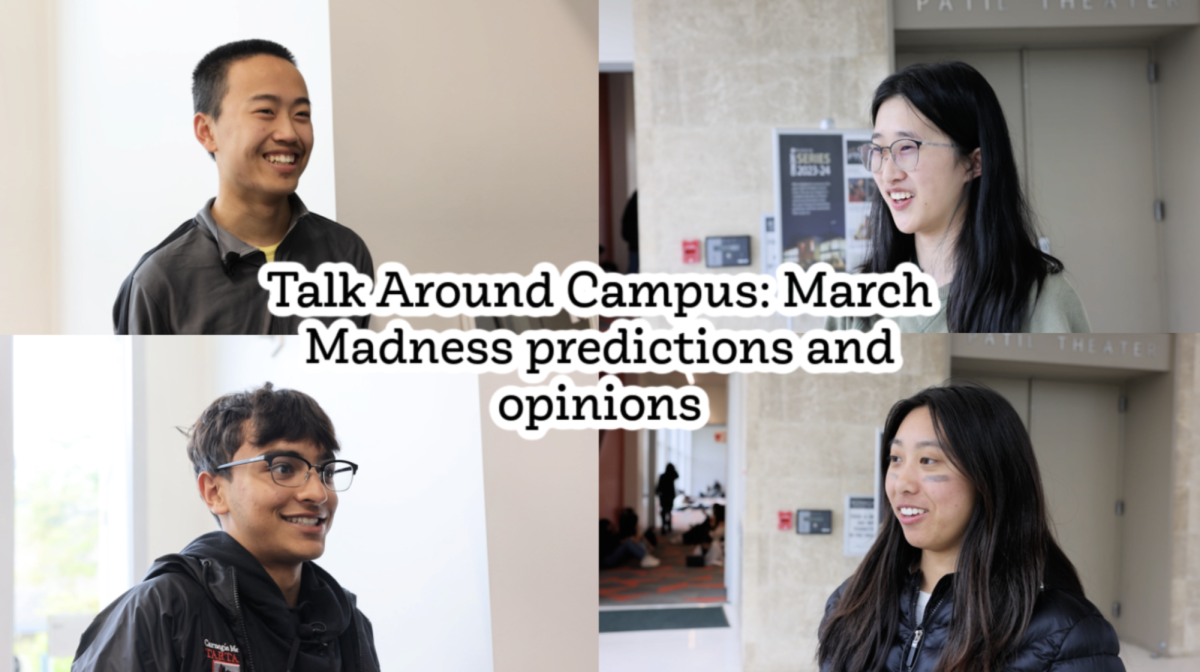

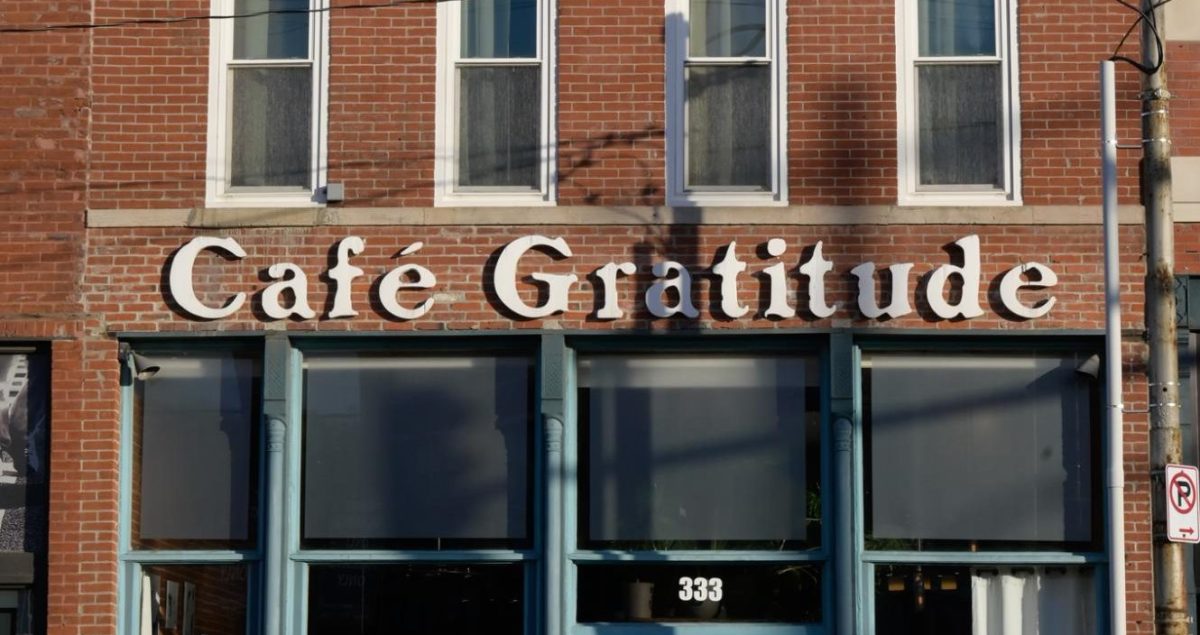

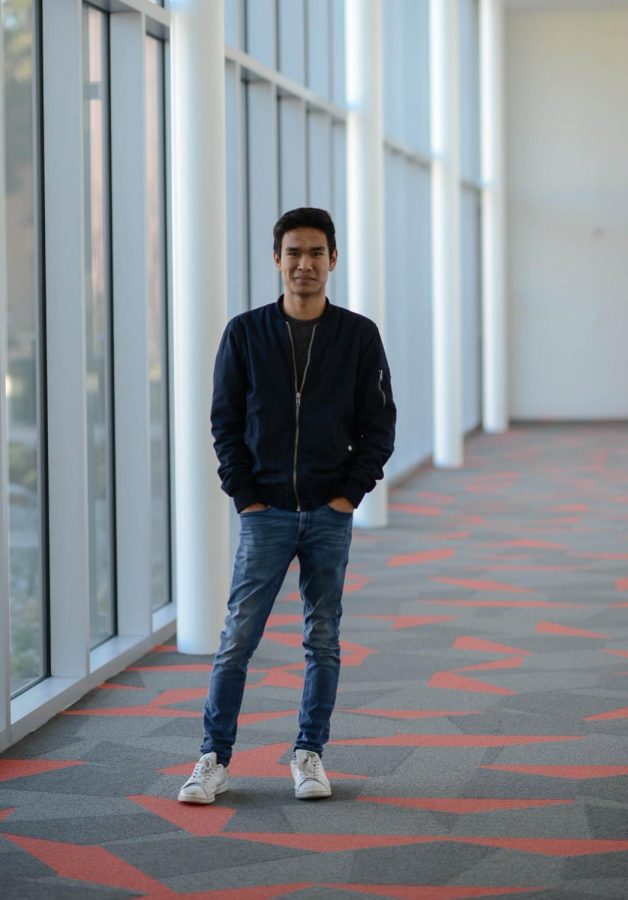

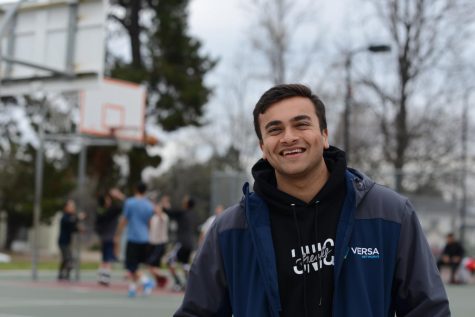


![“My slogan is ‘slow feet, don’t eat, and I’m hungry.’ You need to run fast to get where you are–you arent going to get those championships if you arent fast,” Angel Cervantes (12) said. “I want to do well in school on my tests and in track and win championships for my team. I live by that, [and] I can do that anywhere: in the classroom or on the field.”](https://harkeraquila.com/wp-content/uploads/2018/06/DSC5146-475x317.jpg)
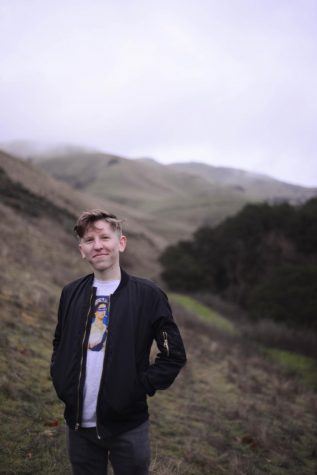
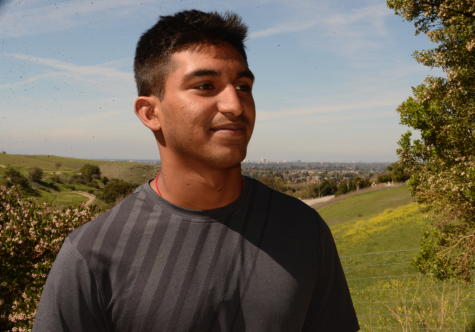


![“Most of our entire friend group played basketball in middle school,” Akshaya Vemuri (12) said. “And on one bus ride, we wanted to come up with names for each other that were related to a family. Everyone has their unique identity in the group, and we kind of use their nickname to identify them. [Meena Gudapati (12)] was just writing down a ton of nicknames for me, and she started calling me ‘Akla’ after ‘baklava’ and just shortened it.”](https://harkeraquila.com/wp-content/uploads/2018/06/AkshayaVemuri-MK-475x340.jpg)